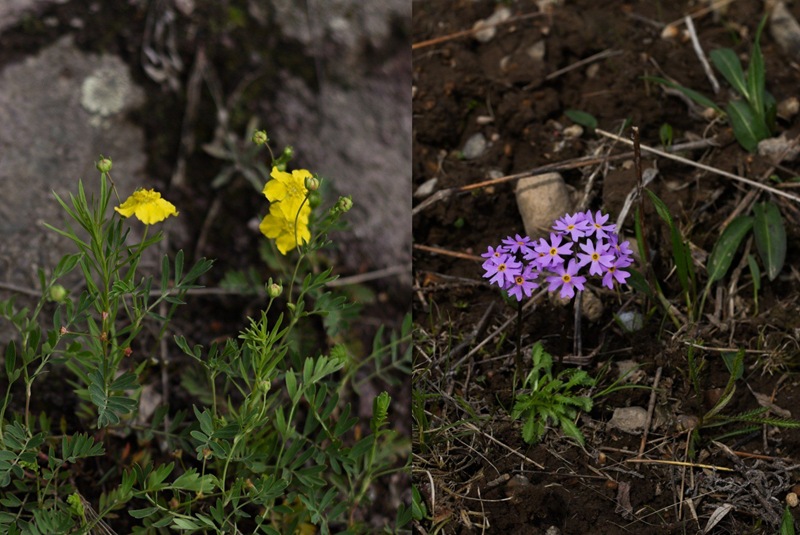Employees of the Bystrinsky Nature Park and scientific specialists from the Kamchatka branch of the Pacific Institute of Geography of the Far Eastern Branch of the Russian Academy of Sciences conducted a joint expedition to study the unique flora in the foothills of the Anaun volcano. The research has brought both joyful discoveries and alarming conclusions about the state of rare plant species, the press service of the Volcanoes of Kamchatka network of natural parks reports.

In the picturesque valley of the Bystrica River, on a rocky area between the villages of Esso and Anawgai, botanists have discovered a place of abundant growth of forkweed. This plant is a real pearl of Kamchatka, as it is found exclusively in the Bystrinsky district. Currently, its massive flowering is observed, which allowed specialists to take unique photographs to replenish the archives of the natural park.
However, not all results of the expedition turned out to be optimistic. During the survey of the environs of the Anavar-Palana winter road, scientists studied the state of the Kavasimsky primrose population. This fragile flower is listed in the Red Book of the Kamchatka Territory as a “rare species” and is under special protection. This population is one of three known throughout the peninsula, which makes its conservation critically important. The study showed that plants are under serious threat due to their proximity to the road: they grow right on the side of the road and suffer from the effects of motor transport.
Experts have come to the conclusion that urgent measures are needed. The main task for the near future is to find new, isolated populations of the Kawashima primrose, which will be safe, away from anthropogenic influence. Monitoring and search work is scheduled to continue in August.
In addition, the expedition has outlined plans for the end of summer. In the second half of August, as soon as the snow leaves the northern slopes of the Alnei volcano, a comprehensive study of its flora will begin. This area still remains a “white spot” for botanists and promises new scientific discoveries.